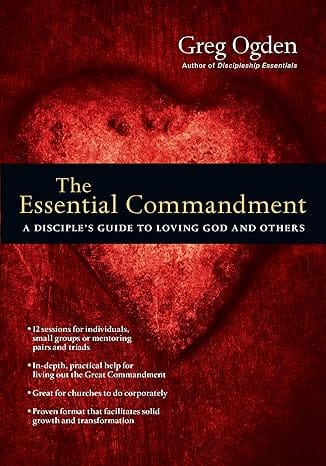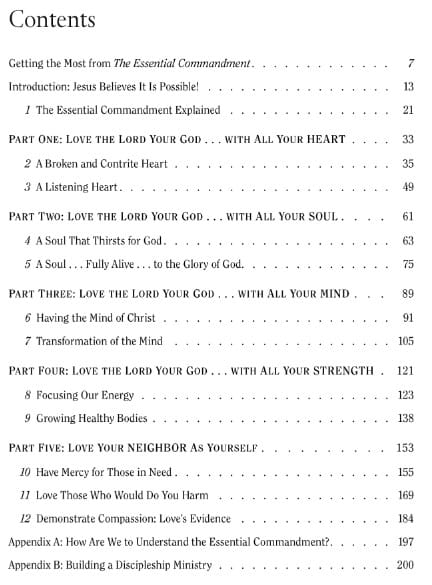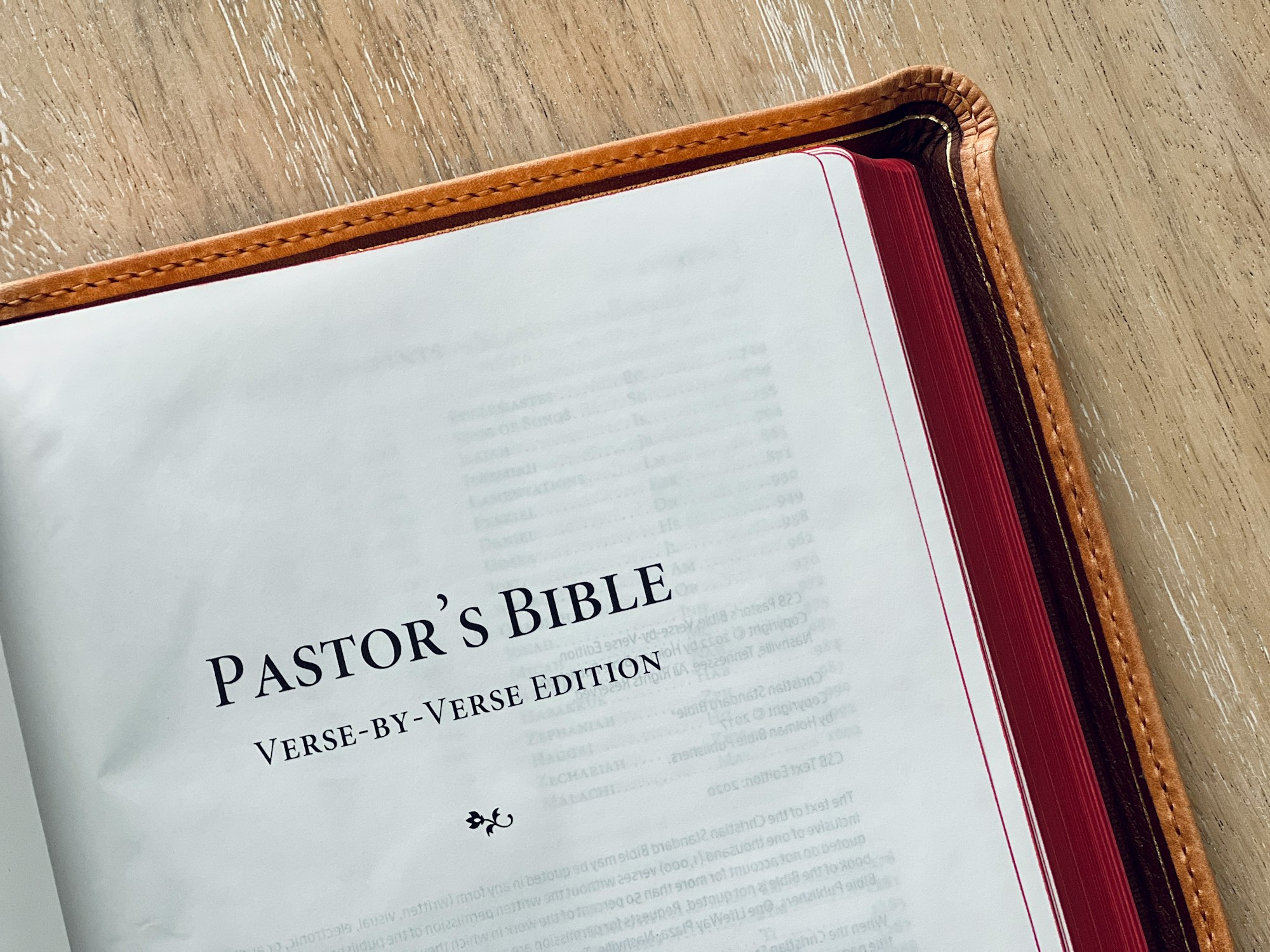5 Essential Criteria to Build a Discipleship Ministry

My vision is to see disciples made and churches empowered through the multiplication of small, reproducible discipleship groups. It has been my joy as a pastor to witness the transformation of churches through this expanding network, and to receive continuous reports about the value of this approach in implementing a strategy of disciplemaking.
After years of trial and error in attempting to disciple others, I have arrived at the following five criteria as essential to any program of discipleship. These criteria then serve as the basis upon which this tool has been designed.
1-Life Investment Discipling
Life Investment Discipling is not a six-week program. We are geared to herding people in mass through a program, and once completed, we expect mature disciples to pop out at the other end. Classroom models are necessarily focused on mastering content at the same pace for all, with standardized requirements.
Disciplemaking should be viewed in terms of a parent’s investment in a child who is nurtured through the stages of infancy, childhood, adolescence and finally into adulthood. Making disciples will only occur when we change our thinking from a quick fix to a long-term life investment.
In the long run, the results are both deeper and numerically greater. It may be three to five years before the effects of this approach on the quality and vitality of a church will be seen. Those selected for leadership of the church will be those who have been discipled and in turn can disciple others.
The leadership base will be expanded, and spontaneous ministry will begin as “self-starters” energize the body of Christ. Mission groups will crop up because qualified leaders have a passion to meet a heart-felt need.
2-Transferability
In my discipling efforts I had been frustrated by my inability to move the discipling process beyond the first generation. Those in whom I had invested either did not catch the vision or did not feel equipped to do for others what I had been attempting to do for them. Yet, inherent in anything called discipling must be the ability to transfer life to life to life. When Paul wrote Timothy, he looked four generations down the road (2 Timothy 2:2).
One of the obstacles to transferability is dependency. In a one-to-one relationship an authoritarian model of discipler over disciple can lead to an unhealthy reliance upon the “mature” believer. This is especially true when pastors disciple “laity.”
For transferability to occur one must move out of a hierarchical view to one of mutual dependency or interdependence. Instead of parent-child, teacher-student images for discipleship, I much prefer a relational model of partners walking together toward maturity in Christ. The discipler in this process is not so much a teacher as a guide, facilitator or partner along the way.
From the beginning of the discipling relationship, the new disciple is asked to "give serious consideration to continuing" the discipling chain by committing to the next generation.
The process of weaning disciples away from the discipler is supported by sharing the leadership of the discipleship sessions among the group members. This allows disciples to practice in a safe environment what they will be asked to do in their next discipleship unit.
3-Purposefulness
Spiritual maturity is difficult to quantify. However, if disciplines are being practiced, if content is being learned and applied, and if lifestyle changes are taking place, then progress is experienced. For example, Paul apparently felt mature disciples should know their spiritual gifts and be using them. They also should be reproducing themselves in the next generation. This approach to discipling is designed to give participants a sense of growth toward maturity.
I do not mean to imply that if you master this content, you automatically become a mature disciple, as if it is the tool that transforms. But entering the discipline of this process creates a context for the Holy Spirit to do his work.
4-Flexibility
If you are discipling more than one group at a time, there is a need to be at a different point with each. Discipling is by design individualized instruction. There is content to be absorbed, there are tools to be practiced, and there are personal lifestyle changes to be made. No two people do this in the same way or at the same speed.
Therefore, an approach to discipling will take into account that Christ is formed in each person on a timetable unique to each of them. This can put a strain on disciplers who are investing themselves in a number of people who are at very different points of spiritual development. One of the advantages of The Essential Commandment is the sequential nature of the teaching design. This means you can be studying a different chapter with each person you are discipling.
You can go as fast or as slow as needed, without worrying that you are at the same point with each person.
5-Preparation
Once you get into a multiple discipling situation, the time you will have to prepare for each appointment will be limited. This is especially true if the discipler is a pastor. Given the preparation for weekly teaching and preaching events, a pastor will have neither the time nor the emotional energy to prepare two or three different lessons a week for discipling.
The Essential Commandment is a tool which disciplers can use to convey their vast experience and knowledge. The core truth brings to focus their life experience and theological training. Initially, preparation time is required for the discipler to master the lessons, but once the lessons are mastered the material can be used in multiple discipling appointments with a minimum of preparation.
Since the format is so simple, the only preparation needed to cover the same material with other disciples is a brief review along with prayer for the disciples. May we be empowered to do God’s work in God’s way so that the whole world may know the good news of Jesus Christ.
Excerpt from The Essential Commandment by Greg Ogden

Who do you love the most? Start a MicroGroup together with The Essential Commandment.


Love One Another








Member discussion